Picnic at Hanging Rock (Malthouse Theatre) ★★★★
Henry Lawson, in his story The Bush Undertaker (1892), refers to the Australian landscape as 'the nurse and tutor of eccentric minds, the home of the weird, and of much that is different from things in other lands'. It is precisely this otherness – this tendency toward the uncanny – that Joan Lindsay exploited in her novel Picnic at Hanging Rock (1967). Setting the gothic tale in a girls' boarding school in 1900 allowed Lindsay to evoke the crinoline and corsetry of an already lost world, a dainty white Australia confronted by the sheer rock of an ancient civilisation. It simultaneously sharpened the horror and cast a Late Romantic mist over it.
Peter Weir's seminal 1975 film adaptation famously accentuated this aspect; a bridal veil thrown over the camera's lens gave the cinematography an unmistakable nostalgic hue. Throw in some pan flutes, and a national myth was born. Sidelined from this interpretation was the novel's reliance on reportage, both journalistic and gossipy – an endless cycle of telling and retelling that only reinforces the mystery. It proves to be Tom Wright's singular point of difference in his stage adaptation for Malthouse Theatre.
Continue reading for only $10 per month. Subscribe and gain full access to Australian Book Review. Already a subscriber? Sign in. If you need assistance, feel free to contact us.



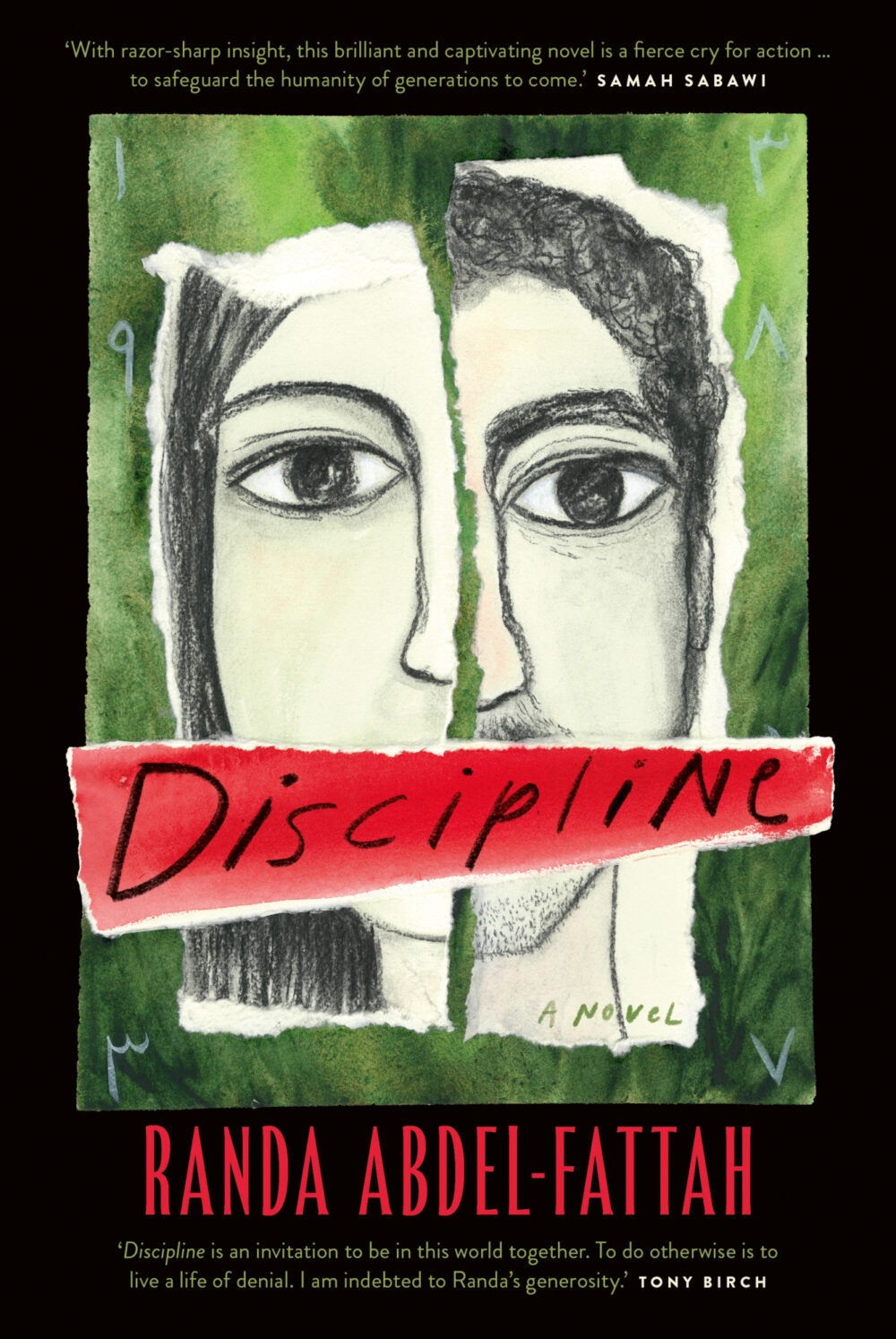

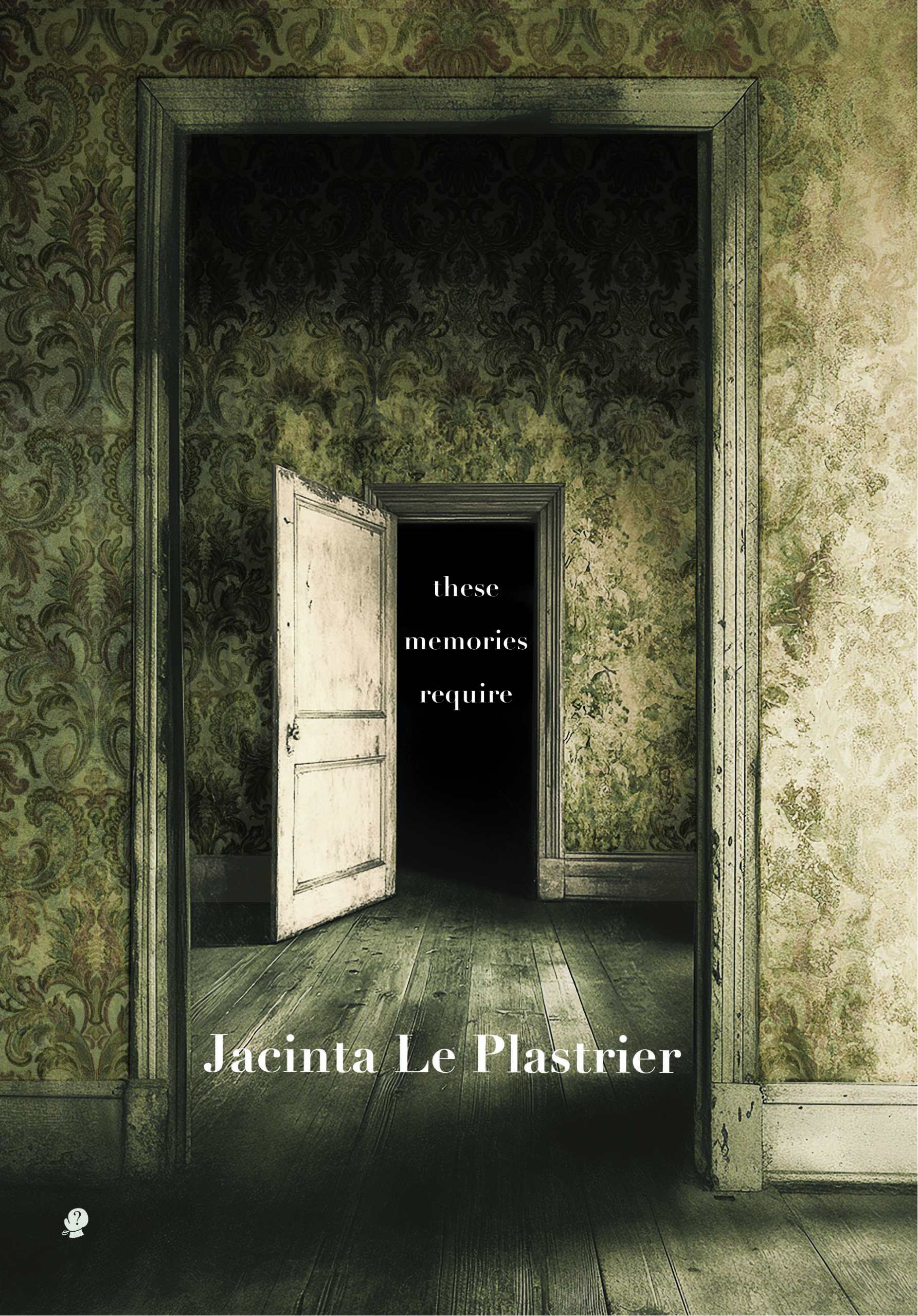
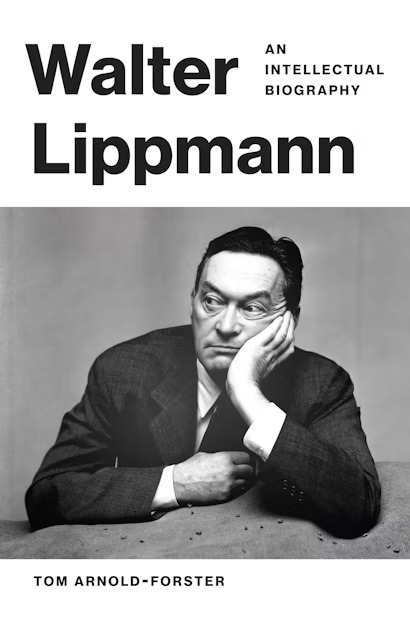
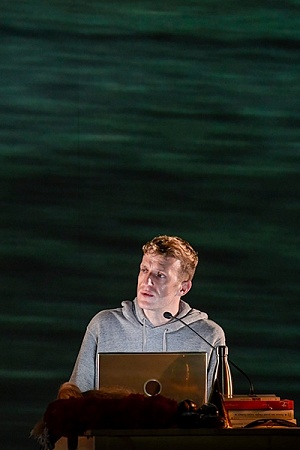
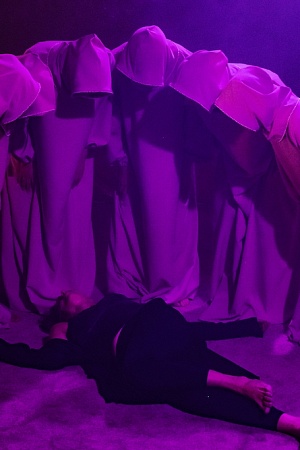

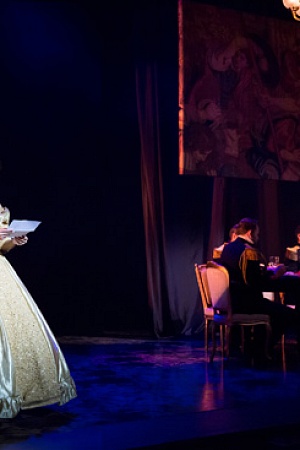
Leave a comment
If you are an ABR subscriber, you will need to sign in to post a comment.
If you have forgotten your sign in details, or if you receive an error message when trying to submit your comment, please email your comment (and the name of the article to which it relates) to ABR Comments. We will review your comment and, subject to approval, we will post it under your name.
Please note that all comments must be approved by ABR and comply with our Terms & Conditions.